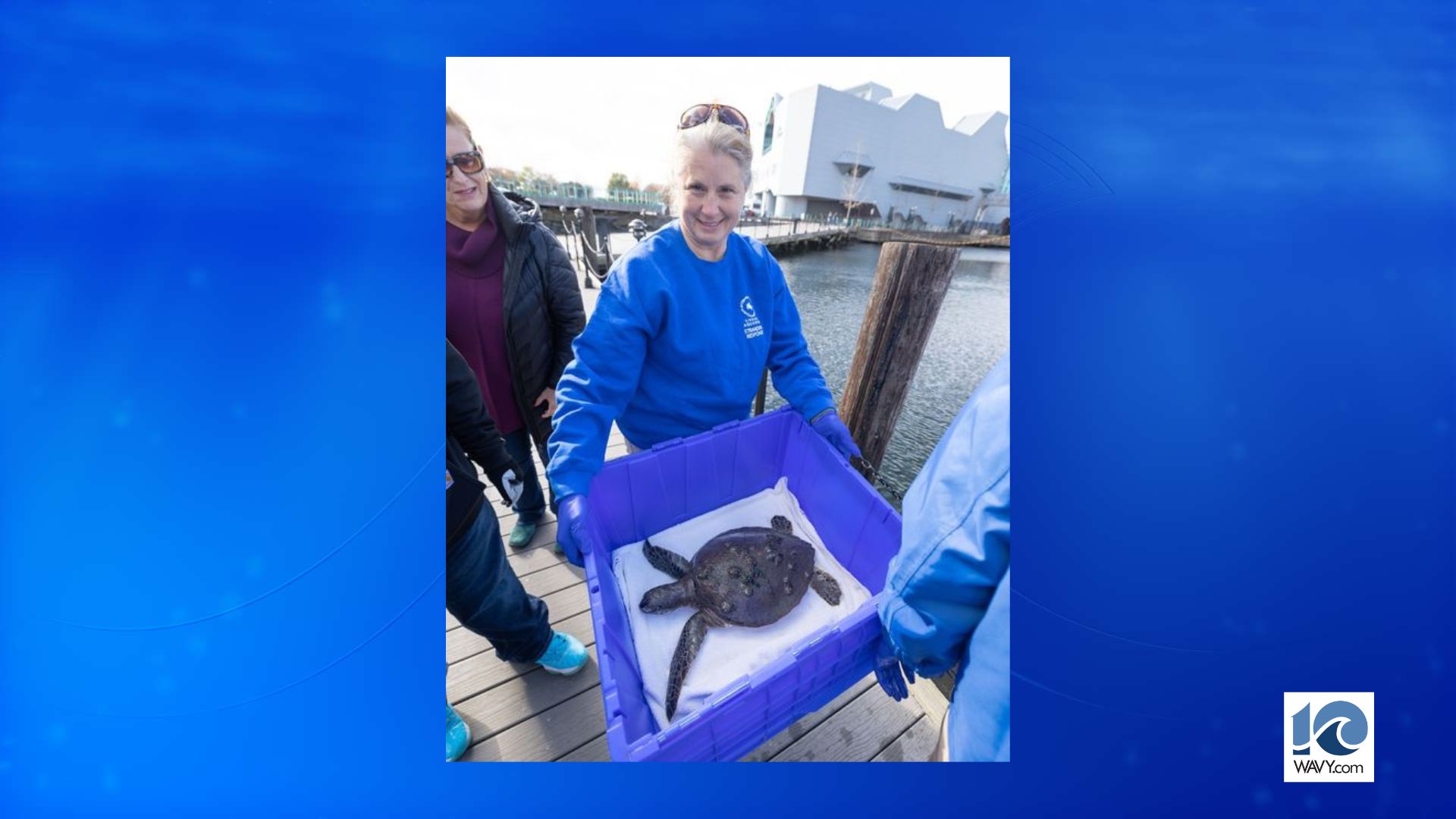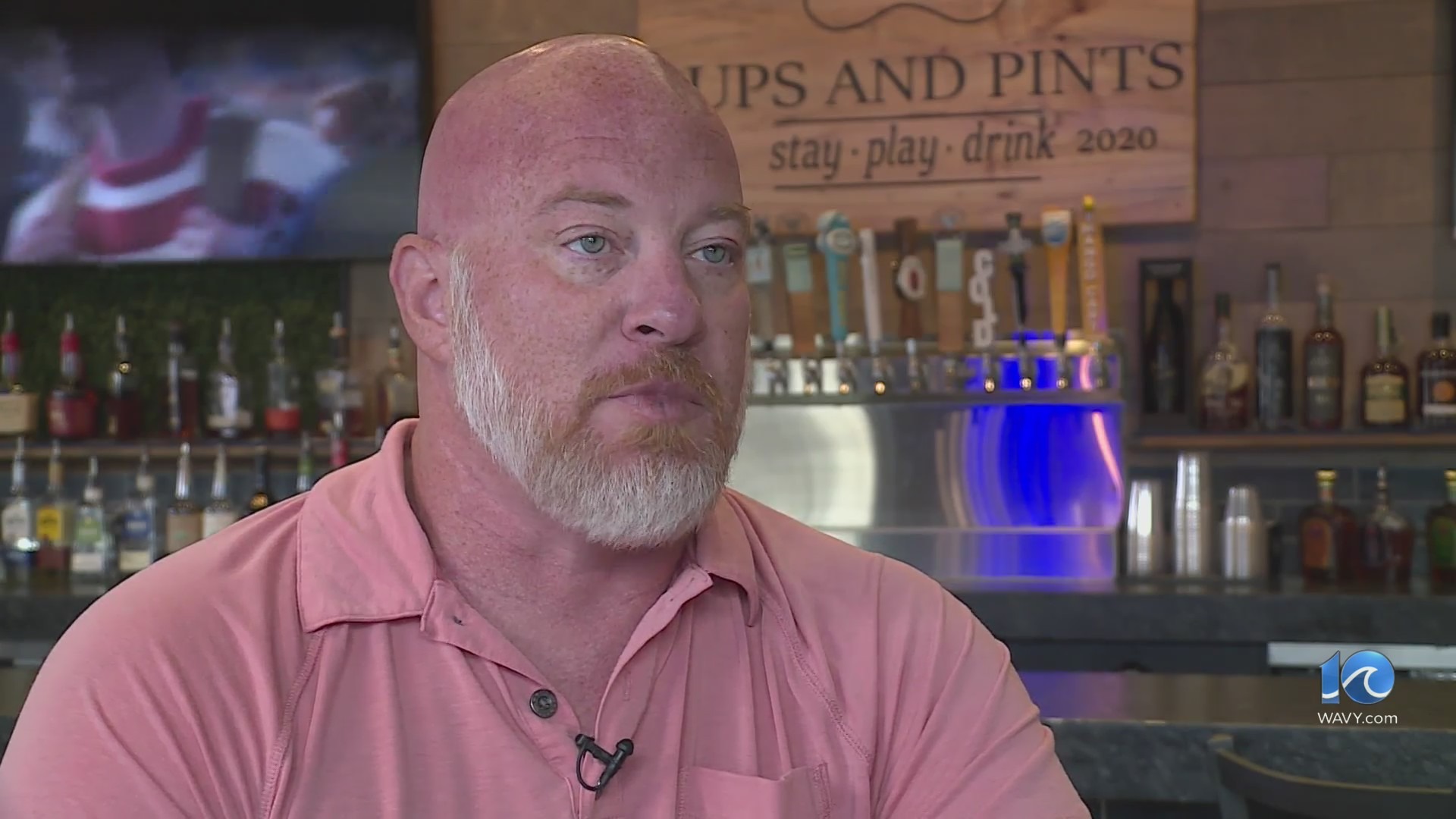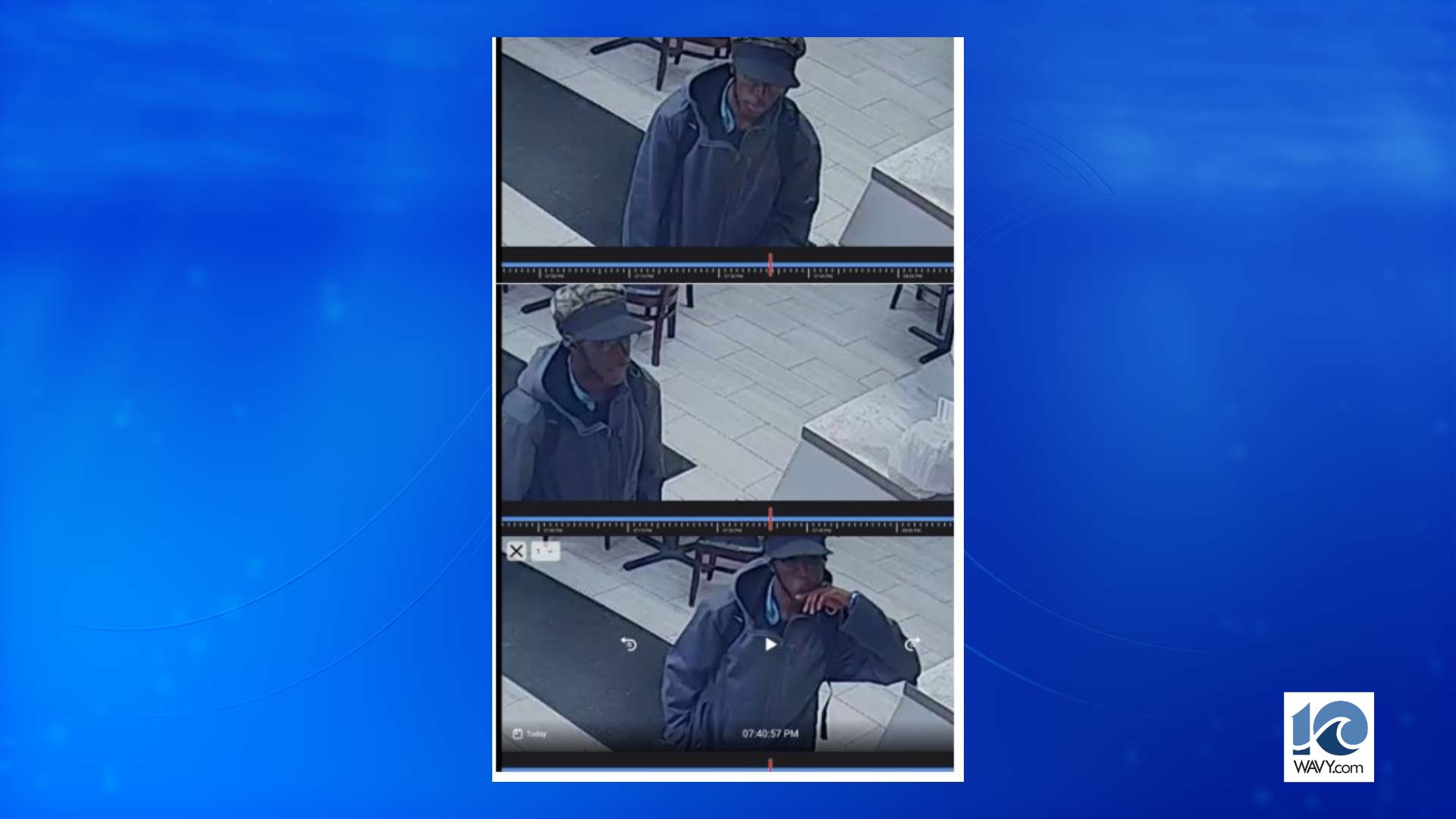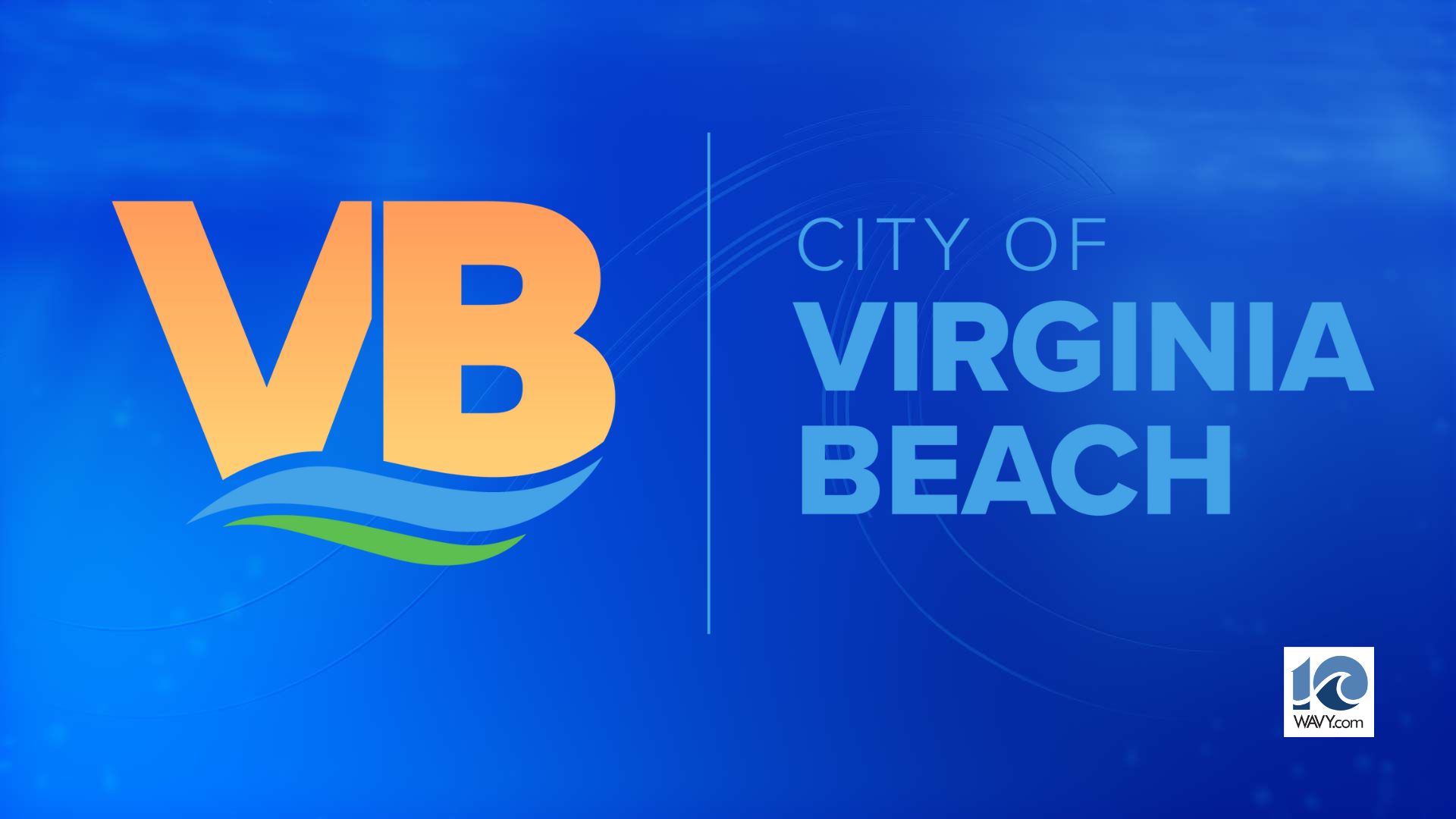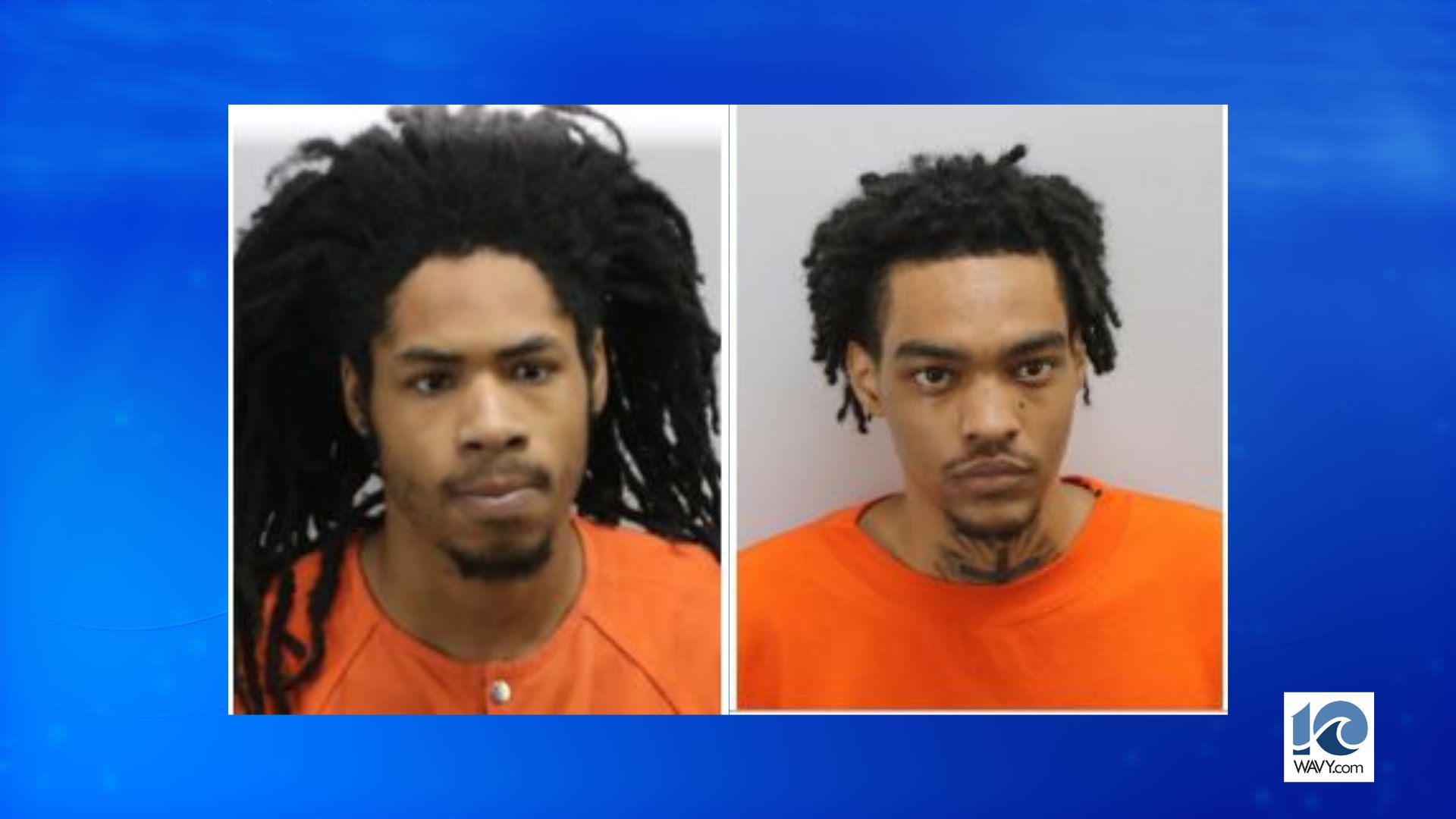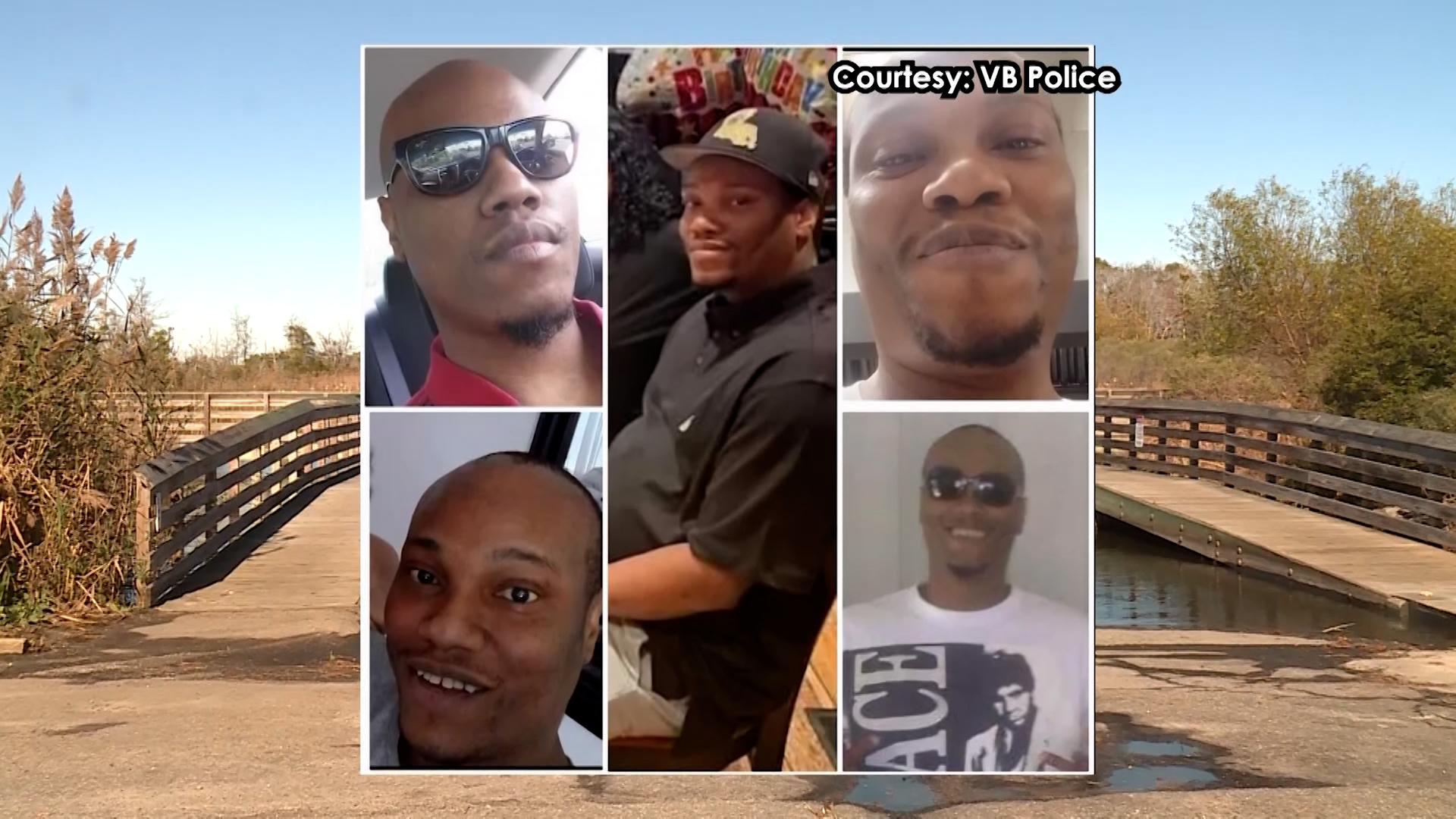NEW YORK (AP) — Amazon, which has grown too big for its Seattle hometown, said it will split its much-anticipated second headquarters between New York and northern Virginia.
Each will get 25,000 jobs. In addition, the online retailer said it will open an operations hub in Nashville, creating 5,000 jobs.
Governor Ralph Northam addressed in an excited crowd Tuesday calling the second headquarters, “a big win” for the state of Virginia.
“We believe that Virginia has a tremendous amount to offer amazon, we have a robust workforce that includes one of the top tech talents in the nation,” said Governor Northam. “I believe that Virginia’s proposal to amazon represents a new model of economic development for the 21st century, the vast majority of the commonwealth’s proposal is investments in our people and in our infrastructure.”
The Commonwealth estimates the creation of more than 22,000 permanent, direct, and indirect jobs in Virginia. Senator Tim Kaine of Virginia says he thanks Governor Northam for pushing amazon to build in Virginia.
“A lot of the incentives are about additional investments into our education system which would be beneficial to amazon but also beneficial to everybody individuals, other innovate companies that want to come, people that may want to start their own innovative companies,” said Senator Kaine.
NOTE: Gov. Ralph Northam speaks following Amazon’s announcement that the company will split its second headquarters between Long Island City in New York and Crystal City in northern Virginia.
App users can watch live at this link.
Its New York location will be in the Long Island City neighborhood of Queens, while its Virginia offices will be in a part of Arlington that Amazon is calling National Landing, a made-up moniker for an area around Reagan National Airport that encompasses Crystal City and Potomac Yard.
The decision ends intense competition between North American cities to win Amazon and its promise of 50,000 new jobs. Some locations tried to stand out with stunts, but Amazon made clear that it really wanted incentives, like tax breaks and grants. The company received 238 proposals before narrowing the list to 20 in January.
Related: Incentives from, benefits for new Amazon HQs
With Long Island City and National Landing, the company is choosing two waterfront communities away from overcrowded business districts, giving Amazon space to grow.
New York, already a financial and media powerhouse, has been trying to attract more tech workers. And northern Virginia has been looking to fill its 1980s-era buildings after thousands of federal employees moved elsewhere.
Amazon is referring to the two new locations as headquarters even though with 25,000 jobs each, they would have fewer workers than its Seattle hometown that houses more than 40,000 employees. Amazon said Seattle will remain as one of Amazon’s three headquarters.
CONFIRMED: @Amazon order of 25,000 jobs is on its way to Virginia. pic.twitter.com/9hYkNq8iAT— Ralph Northam (@GovernorVA) November 13, 2018
The extra space will help the rapidly growing company. Launched in 1995 as an online bookstore, Amazon now produces movies, makes voice-activated Echo devices, runs the Whole Foods grocery chain, offers online services to businesses and designs its own brands of furniture, clothing and diapers.
There were early signs that Amazon had its sights set on New York and northern Virginia. Among its 20 finalists, the company had selected two locations in the New York metro area and three in the D.C. area.
Being near the nation’s capital could help Amazon with lobbying efforts as the company, and other fast-growing tech giants, face rising scrutiny from politicians. Plus, CEO and founder Jeff Bezos has a home in Washington D.C., and he personally owns The Washington Post.
Amazon’s workforce has ballooned to more than 610,000 worldwide, and that’s expected to increase as it builds more warehouses across the country to keep up with online orders. The company recently announced that it would pay all its workers at least $15 an hour, but the employees at its second headquarters will be paid a lot more.
___
Alan Suderman also contributed to this report from Richmond, Virginia; and Matthew Barakat contributed from Arlington County, Virginia.



